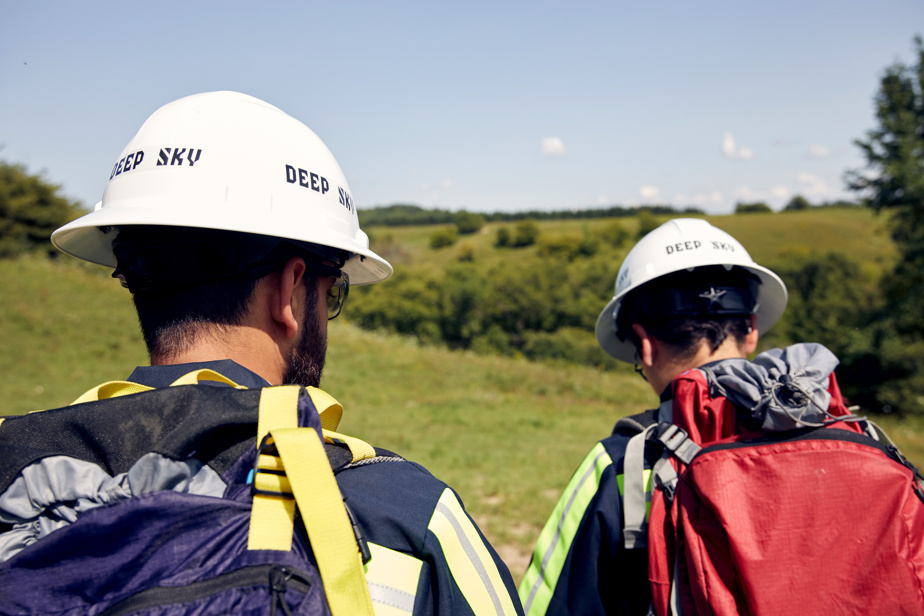Montreal startup Deep Sky has just undertaken the geological studies needed to store CO₂ in the subsoils of Bécancour and Thetford Mines. Explanations.
“We are currently making a map of the underground,” summarizes Deep Sky’s president and co-founder, Frédéric Lalonde, during a telephone interview. The exercise will map Quebec’s subsoil in order to obtain “the equivalent of a Google Maps “underground” of the two sites where the company plans to store CO₂.
Located in Bécancour, the first site covers an area of nearly 50 km2 in industrial, agricultural and even residential areas. “We have obtained the authorizations [des propriétaires]one field at a time,” says Mr. Lalonde, also a big boss and co-founder of the popular travel app Hopper.
More than 15,000 acoustic detectors have been installed in the four corners of this area in order to collect the data necessary to characterize the ground using vibrations emitted up to four kilometers deep.
If the site proves suitable for storage, the company plans to build facilities there to capture and store carbon. “When you look at Quebec, where there is the greatest concentration of GHG emissions, it’s in Bécancour,” says Lalonde.
“We will have the possibility of capturing several million tonnes at the source. This would make Bécancour not only the transition valley, but potentially the only carbon-negative industrial park,” he adds.
“Mineralizing CO2 » in Thetford Mines
Deep Sky has begun further pre-feasibility studies near the municipality of Thetford Mines to characterize the soil and determine whether it is possible to “mineralize CO₂” there.

PHOTO PROVIDED BY DEEP SKY
Potential site for CO mineralization2 in Thetford Mines
Mineralization in situ is a storage process that differs from that of injection, planned in Bécancour. It consists of injecting CO₂ dissolved in water into underground volcanic rocks reactive to carbon. These allow the CO₂ to be converted into a type of calcite, preventing it from rising to the surface and returning to the atmosphere.
Although the process has not been tested, it has nevertheless attracted attention in recent months. In May, the Swiss firm Climeworks began operating the largest direct air capture and storage plant in Iceland. Called Mammoth, it could capture and sequester up to 36,000 tonnes of CO₂ per year.
Mineralization could have a bright future in the province, according to Mr. Lalonde. “In Quebec, we have volcanic rock. The entire Far North is made of volcanic rock.”

PHOTO FRANCESCA JONES, THE NEW YORK TIMES ARCHIVES
The Mammoth machine installed in Iceland last March
Where is carbon capture?
Currently, the International Energy Agency counts “about 45 commercial carbon capture and storage facilities” and “more than 700 projects” in the development phase. By 2023, the capture capacity announced for 2030 has increased by 35%, while the storage capacity announced has increased by 70%.
“We are at the very beginning of the curve,” according to Frédéric Lalonde. The technologies currently used were developed only “three to five years ago,” he says, specifying that they currently consume far too much energy. “I would say that we are currently [dans le secteur du captage de carbone] where we were in the 1970s with computers.”
